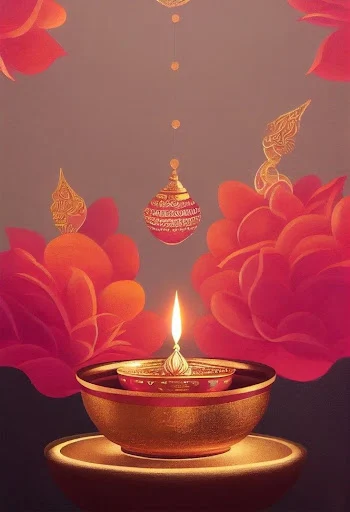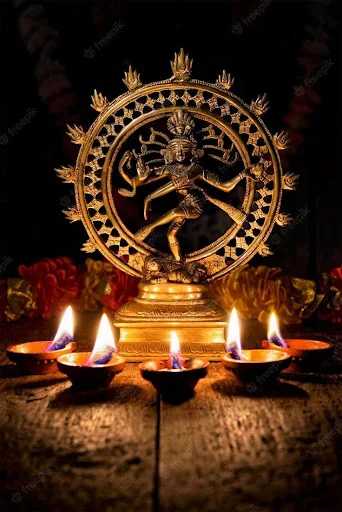A Journey into Spiritual Devotion
Nestled within the sacred texts and folklore of Hinduism, the love story of Lord Krishna and Radha has captivated the hearts and minds of devotees for centuries. Beyond its surface allure, this narrative is a profound exploration of spiritual devotion, a tale that goes far beyond romantic notions and delves into the realm of divine connection. This article embarks on an immersive journey through the enchanting love story of Lord Krishna and Radha, uncovering its layers of spiritual significance and timeless impact.
The saga of Krishna and Radha finds its roots in the enchanting landscapes of Vrindavan, where Krishna, the eighth incarnation of Lord Vishnu, spent his childhood. This idyllic setting became the backdrop for the blossoming of an extraordinary bond. Radha, often referred to as Krishna's eternal consort, was not merely a love interest, but a spiritual soulmate and confidante. Their relationship was marked by playful antics, shared laughter, and heartfelt conversations that formed the foundation of their unique connection.
At its core, the love between Krishna and Radha transcends the realm of human relationships. Their story embodies a profound symbolism that resonates with seekers of spiritual truth. Krishna, with his magnetic charm and divine allure, becomes the embodiment of God's boundless love for humanity. Radha, on the other hand, represents the devoted soul, yearning for union with the divine. Their love story serves as a metaphor for the spiritual journey—a quest for the union of the individual soul with the Supreme.
The pinnacle of Krishna and Radha's love story is the Raas Leela, a celestial dance performed in the moonlit nights of Vrindavan. As Krishna mesmerizingly plays his flute, the Gopis (cowherd girls) are drawn into a cosmic dance, symbolizing the dance of the universe itself. Radha, as the foremost among the Gopis, represents the quintessential devotee, lost in the divine melodies of Krishna's flute. The Raas Leela illustrates the harmony of creation, where Krishna is the focal point and the souls are the dancers, all revolving around the axis of divine love.
The narrative takes a poignant turn when Krishna departs from Vrindavan to Mathura. Radha's heartache and the Gopis' despair mirror the profound sense of separation that the individual soul experiences when distanced from the divine. Radha's yearning for Krishna becomes a powerful allegory for the devotee's deep spiritual longing, echoing the sentiment that the soul's ultimate fulfillment lies in its union with God. This separation narrative underscores the idea that true spiritual growth comes through surrender and devotion.
Despite physical separation, the love between Krishna and Radha remains timeless and unshakable. Radha's name is often uttered before Krishna's, a testament to her unparalleled devotion and selfless love. This unique bond reflects the eternal nature of spiritual love, which transcends the limitations of time and space. Krishna, the divine lover, holds Radha's devotion close to his heart, forever cherishing her as an integral part of his divine play.
The love story of Lord Krishna and Radha is more than a mere historical anecdote; it is a sacred narrative that transcends the confines of human experience. It delves into the profound connection between the individual soul and the Supreme, illustrating the path of spiritual devotion and union. Radha's unwavering love for Krishna symbolizes the devotee's yearning for God, while Krishna's divine presence encapsulates the eternal, boundless love of the divine for all beings. As devotees journey through the tapestry of this divine love story, they are reminded that just as Radha's love is unending, so too is the divine's love for every seeking soul.













